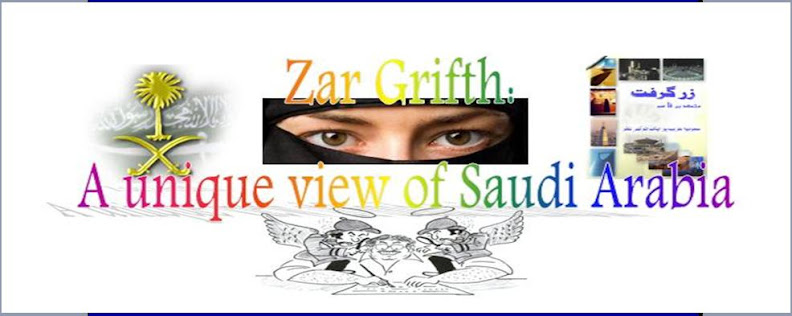Art.view
An east-west confection
A sale in Dubai shows off the vision of Egyptian modernists
Feb 24th 2010 | From The Economist online
BETWEEN the first and second world wars, the Egyptian port of Alexandria gained a reputation for being one of the most attractive cities of the Mediterranean. Visitors remembered it for its warmth and cosmopolitanism, gracious living and the scented wind that came off the sea through the palm trees.

In 1956, at the age of 21, a young Saudi Arabian named Mohammed Said Farsi was among a small group of students sent abroad to expand their horizons. He went to Alexandria, where he studied architecture and town planning and developed a passion for Egyptian modern art and sculpture. Over the years he returned several times to the city, first to complete a masters degree and then a doctorate, writing a thesis on Mecca and the hajcities.
In 1972 Mr Farsi was named mayor of the coastal city of Jeddah in Saudi Arabia and, eight years later, was given the ceremonial title of lord mayor. His tenure coincided with a huge increase in Saudi oil revenues, which let him transform Saudi Arabia's premier commercial city into an urban open-air gallery of his favourite artists. He helped comission installations by Joan Miró, Henry Moore, Hans Arp, Salah Abdulkarim, Aref El-Rayess and Alexander Calder.
Mr Farsi's private passion, however, remained the work of the Egyptian modernists he had met during his sojourns in Alexandria. For years this was a minority interest, shared by only a few cultural scholars and collectors. But with the globalisation of the art market over the past decade, Mr Farsi hopes his hobby will turn out to have been a shrewd investment. In April, during Christie's annual sales in Dubai, 25 pieces from his collection will be put up for auction, a sale the British auctioneer is marketing as “the most extensive selection of museum-quality modern Middle Eastern art ever offered at auction.”
In 1908 the Egyptian School of Fine Arts was founded in Cairo. Paris was still the centre of the art world in the first half of the 20th century, so Egyptian artists naturally looked to France for both scholarship and patronage. Mahmoud Mokhtar, one of the first graduates of the Cairo school, went on to win a scholarship to the École des Beaux-Arts in Paris. He became one of many Egyptian artists to soak up European influences, only to return home and use them to create a specifically local imagery. (His most famous sculpture, “Nahdit Misr” or “Egypt's Renaissance” from 1928, stands at the gate of Cairo University.) The result is an Egyptian modernism full of its own kind of expressionism, surrealism and monumental sculpture.
Egyptian art has begun to gain traction among collectors from all over the region. Christie's will be anxious about whether this momentum can be sustained. Its Dubai sales, which began three years ago, have been badly hit by the recession. Revenues in 2009 were down 60% on the previous year. When prices collapse it becomes difficult to persuade collectors to sell. Christie's hopes the Farsi provenance will be enough to counter any weakness in the market.
This sale includes important pictures by Tahia Halim, who painted scenes of the Nile and portraits of those who lived along the length of it, and a small rough bronze by Mokhtar. There are also works by Ragheb Ayad, Abul Hadi El-Gazzar, the Wanly brothers, Seif and Adham, who painted together, and two rare folkloric paintings by Abdel Hadi El-Ghazzar, who died in 1965 aged 40 (see slideshow below).
Hamed Nada, a painter who exhibited in Paris and Cairo through the late 1940s and early 1950s, has six works in this sale. This includes “Henna Eve”, a painting of two peculiarly distorted musicians, best known for gracing the cover of Liliane Karnouk's book, “Modern Egyptian Art: 1910-2003” (see slideshow).
The centrepiece of the sale, though, is a rare early painting by Mahmoud Said, who was among the first generation of modernist Egyptians and died in 1964. Trained as a lawyer, Said travelled widely in Europe, painting only as a hobby. His subjects were ordinary: peasant girls, the crowded architecture of Cairo, men at prayer. At first glance “Les Chadoufs”, from 1934, is a prosaic scene of the rudimentary pumping machinery the Egyptians used to irrigate their fields with Nile water (see slideshow). The value is in its composition, with its three-dimensionality, mid-point perspectives and vaguely religious symbolism (the donkey recalls the entry into Jerusalem) recalling the influence of Renaissance masters such as Fra Angelico and Masaccio. Such details set Said apart from his peers. At $150,000 to $200,000, the estimate is the highest in the sale.


No comments:
Post a Comment